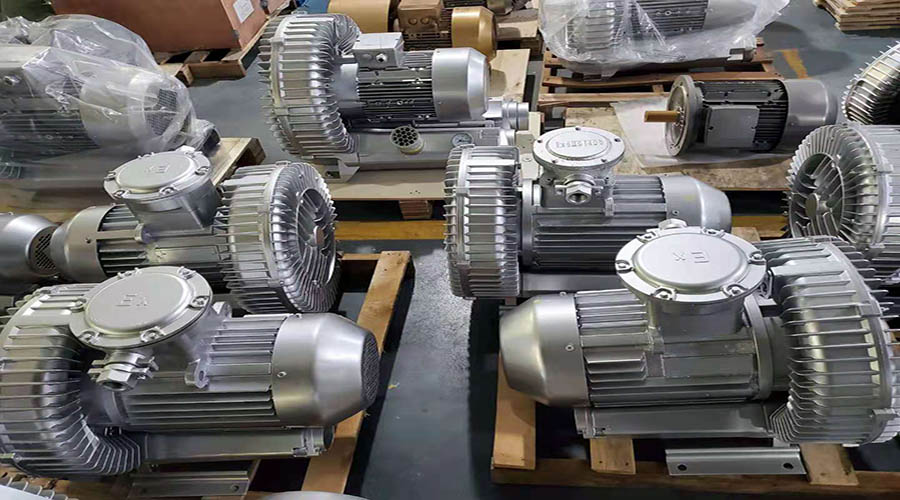Views: 0 Author: Site Editor Publish Time: 2024-10-30 Origin: Site









Side channel blowers operate on the principle of air pressure generation through a unique design involving a rotor and a side channel. As the rotor spins, it creates a low-pressure area that draws air in and subsequently compresses it within the side channel. This design allows for efficient airflow and high-pressure outputs, making side channel blowers essential in various industrial applications.
These blowers are utilized in a wide range of applications, including drying processes, pneumatic conveying, and vacuum generation. Industries such as food processing, pharmaceuticals, and woodworking often rely on side channel blowers for their ability to handle lightweight particles and maintain precise airflows.
The importance of the side channel blower for the industry is self-evident. Their efficient operation contributes to improved productivity, better air quality, and reduced operational costs. As industries increasingly prioritize sustainability and energy efficiency, the role of these blowers becomes even more critical.
Like all mechanical devices, side channel blowers are subject to wear and tear over time. Components such as bearings, seals, and rotors can degrade with continuous use. Regular inspections and timely replacements of these parts are crucial to maintaining the blower's performance and extending its operational lifespan.
Extreme temperature fluctuations and high humidity levels can adversely affect the performance and longevity of side channel blowers. Elevated temperatures can lead to overheating, while excessive humidity can cause corrosion and electrical issues. Maintaining optimal environmental conditions is essential for ensuring the blower's longevity.
Dust and other contaminants can enter the blower's system, leading to clogs and potential damage. Regular cleaning and the use of appropriate filtration systems can help mitigate these risks, preserving the blower's functionality and efficiency.
Operating a side channel blower beyond its recommended load and speed can lead to premature wear. Adhering to the manufacturer's specifications for load limits and speed settings is crucial for optimizing performance and longevity.
The duty cycle, or the amount of time the blower is in operation versus idle, also plays a role in its lifespan. Continuous operation without breaks can strain the system. Implementing a proper duty cycle helps maintain cooler operating temperatures and reduces wear on components.

Regular maintenance directly correlates with enhanced performance and efficiency. By addressing wear and tear and ensuring components are functioning correctly, side channel blowers can operate at optimal levels, delivering consistent airflow and pressure.
Proactive maintenance reduces the likelihood of unexpected breakdowns, minimizing downtime and repair costs. Regular inspections can identify potential issues before they escalate, allowing for timely interventions that keep operations running smoothly.
Investing in proper maintenance practices significantly extends the lifespan of side channel blowers. With routine care, these systems can operate efficiently for many years, providing excellent return on investment for businesses that rely on them.
Proper maintenance is paramount for the longevity and efficient operation of side channel blowers. Understanding their operating principles, recognizing the factors that affect their longevity, and committing to regular maintenance can lead to enhanced performance, reduced costs, and extended equipment life. By prioritizing maintenance, industries can ensure that their side channel blowers continue to meet their operational needs effectively.